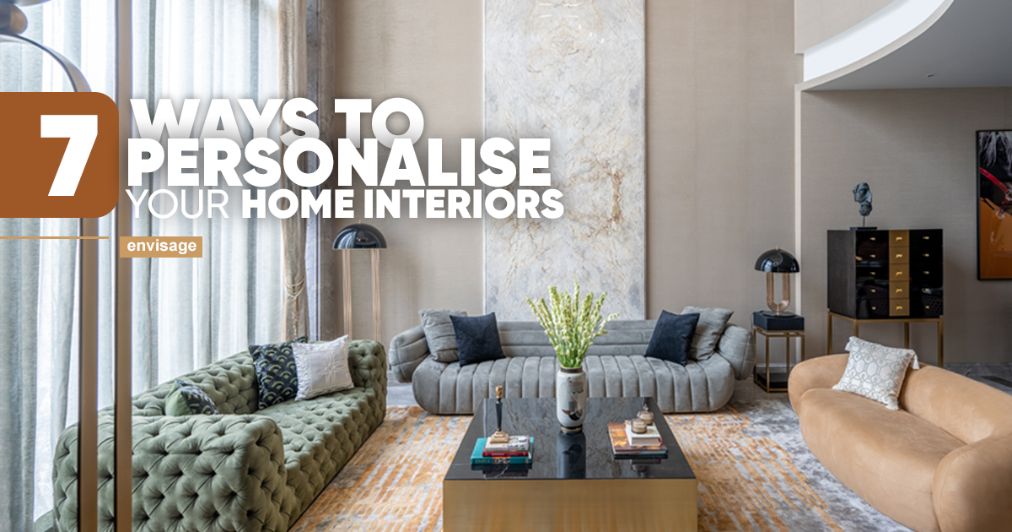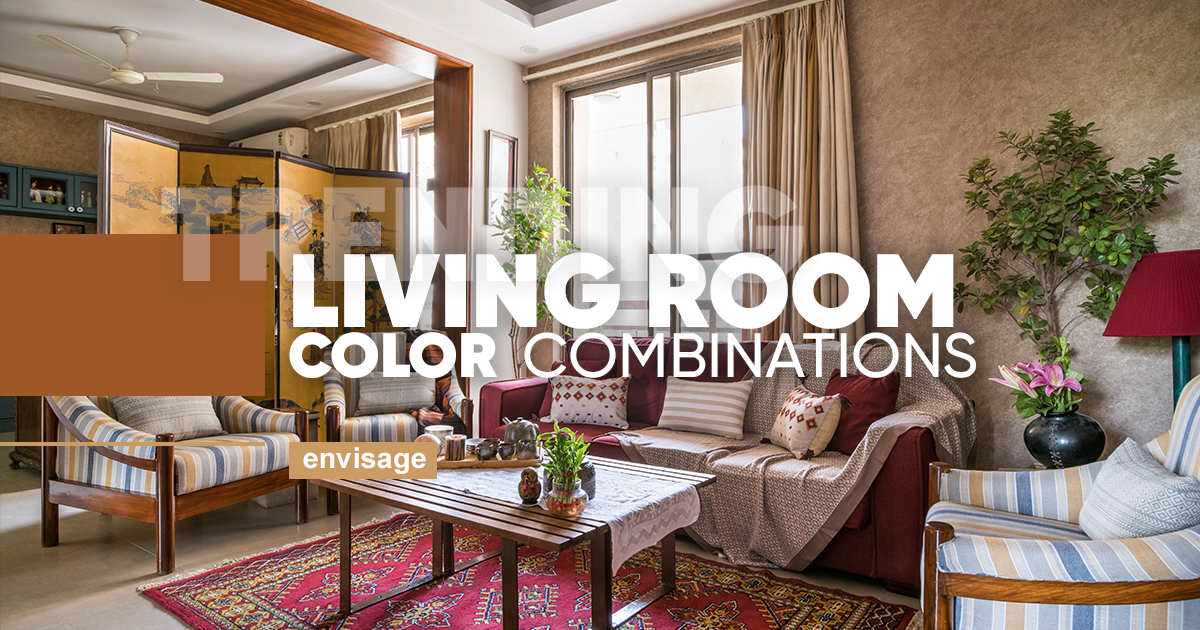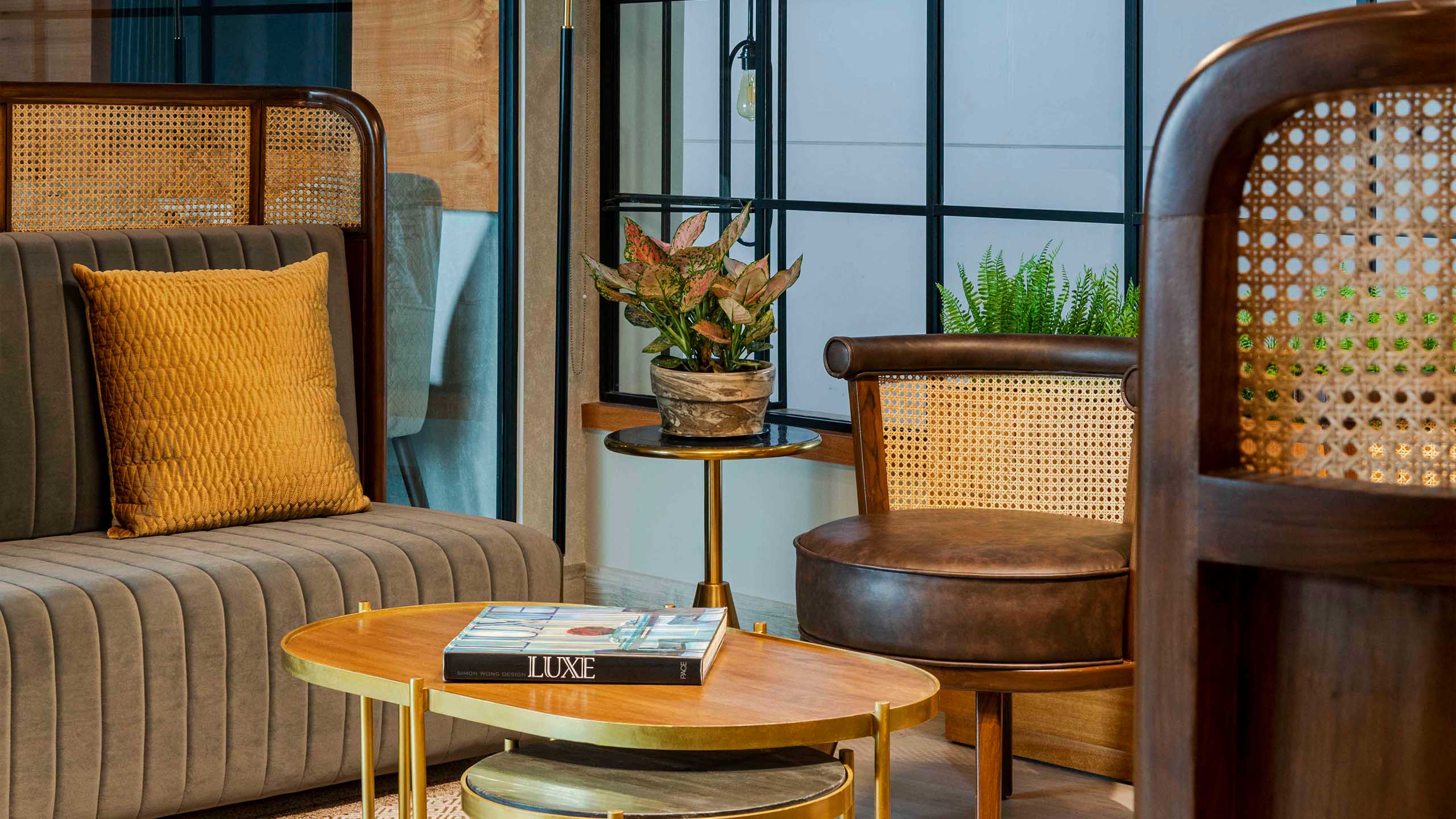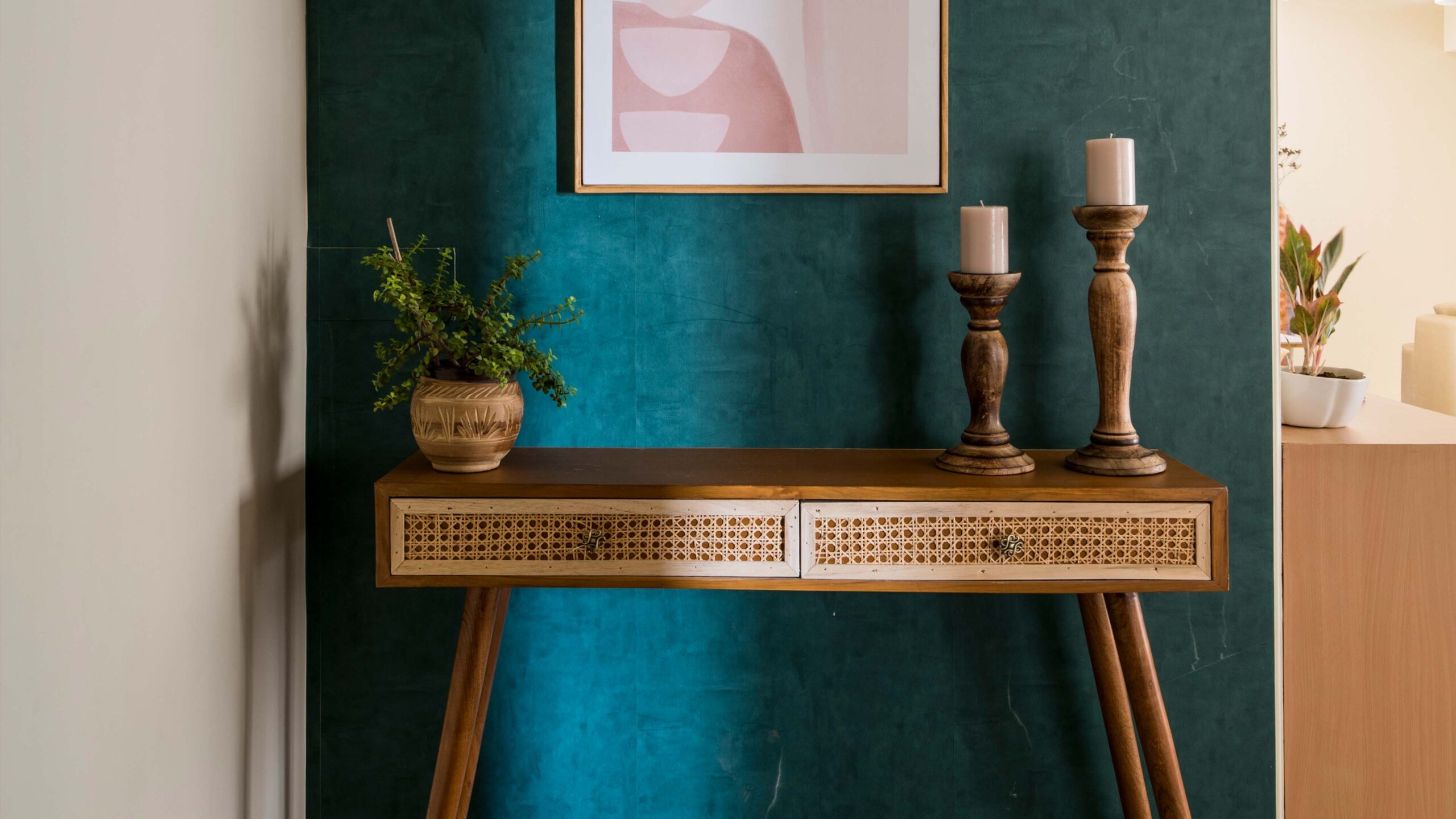What does return to the Workplace mean for its Workforce?
- Blog,
- Featured Blog
With the entire world adopting remote working during the pandemic, offices across the globe witnessed multiple changes in the way they work. Enabled by virtual meetings with clients, and softwares to conduct site visits efficiently, architecture firms in India tried to develop a digital working process as feasible as possible.
But now, as we move ahead, another question arises – What will happen when offices gradually do open up? Will our working process and our workspace still be the same? In a conversation with Design Dekko, we tried to explore what return to offices means for the design of office spaces and the workforce at large. Some of the questions addressed were-
In what way will the design identity of the offices morph in reaction to the return of teams to their respective workplaces?
The current situation will shift the design identity of workplaces at multiple levels; especially how the teams interact amongst themselves, with other stakeholders and the general public. One of the drawbacks of the lockdown was the lack of physical interaction between the office workforces. With offices opening up, the teams’ interaction will morph into a blend of digital and physical modes. Approvals can immediately be taken from clients and senior management, whereas collaboration within the office will be offline.
Specifically looking at the relationship of designers with the product and material vendors, online cataloguing has witnessed a considerable jump; a leap that will be taken forward into the post-pandemic time. Frequenting shops for selecting materials and products has reduced, giving way to easier and more convenient online methods of material selection.
The connection with the public has never been stronger for firms, with social media playing a huge role in keeping us connected. Earlier, having a digital presence was an option taken up by a few; now, it is a necessary tool to meet prospective clients and interact with the audience. Digital identity has become a considerable part of a design firm and will take precedence in the forthcoming future.
What vital spatial changes can the design industry tap into, keeping the foreseeable future workplace design in mind?
The coronavirus pandemic has made us realize that changes in design requirements can happen in no time. Thus, future workspaces need to have adaptability at the core of their design. Including a flexible design component is imperative, not only while designing workspaces, but also in the design of residences and schools. Modular furniture that allows the flexibility to change internal layouts will see a resurgence as opposed to fixed ones.
What design interventions can be resorted to generating a renewed and safe dialogue amidst end-users and their office spaces in the light of the pandemic’s effects?
We spend over 8 to 10 hours in our offices; hence it is essential to ensure a healthy relationship between the workforce and the workspace. Most importantly, one that takes into account both – the physical and mental well-being of its occupants. Bringing natural elements to the heart of the office and the inclusion of daylight and ventilation can positively impact the psychological well-being of the employees. Additionally, we need to keep in mind the implications of the materials used for the design; antibacterial surfaces and UV filtration systems for air-conditioning will need to be considered.
Even though the road to recovery from the pandemic seems to be moving slowly, there is a need to relook at how we, as architects and interior designers, approach the design of our future workspaces and their impact on the workforce.




